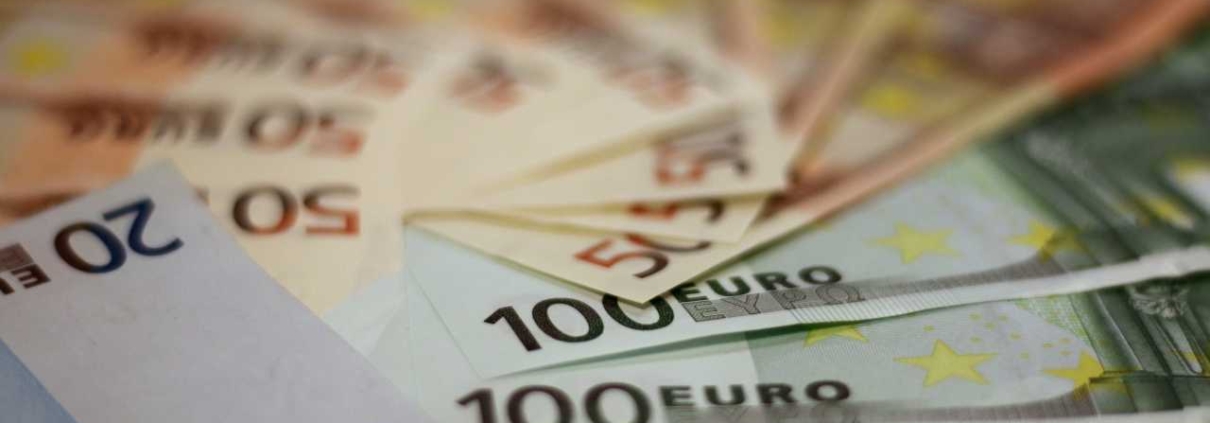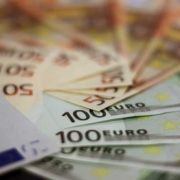Dutch economy. Win or Lose?
The dutch plan agency[CPB] has published its yearly report regarding the dutch economy. Although the crisis does not seem to deepen itself, more likely we have seen the worse, the picture is still unclear. The various indicators contradict and the consumers are still reluctant.
On the website Z24, 8 major indicators are presented from the report. These are not all which are available from the CPB itself, but give a comprehensive picture of the present state of the Dutch economy.
Bankruptcy:
The number of bankruptcy is still on the rise. In 2008 we saw 684 companies go out of business. 2009 the number was 839 but in 2010 it went even further up to 880. This indicator takes up 14% of the economic indicator and is therefore an important influence on the final outcome.
Credit consumption households:
A rise in credit consumption indicates 2 important developments. A rise will mean banks are less reluctant and households have more confident on their forthcoming income. Increase in credit consumption will stimulate the economy thru an increasing sale by companies. This indicator went up a bit but falls still far back compared to the situation before 2009 and 2008.
Leading indicator Euro zone:
This one shows a strong rise. Which is quite favourable for the Netherlands. The dutch economy depends heavily on export and especially the german economy is leading. The strong rise of this indicator keeps the dutch economy on its feet, as were the domestic consumption still falls behind on previous figures.
AEX stock exchange.
Although stock exchanges only have given a limited prediction about the state of the economy, it does gives an assessment about the expected profit and margins of companies. The present rates show a gradual recovery and our now just above 300 points. It has not yet reached the level of 2008. Before the crisis the rate was at 500 points on average.
Production fillrate:
How well production and machines are utilised refers to the demand. Fillrates can be considered as a opposite indicator of consumers expenses. This indicator went from 83% in 2008, down to 74% in April 2009 and now back on 81%. That is a good recovery, although still a bit below the 2008 level. A low fill rate also means that long-term investment in new machines are postponed.
Consumer trust.
The customer trust is still quite low. In regard of the other indicators is much lower than one would expect. The domestic expenses keep low, which further proves that the present recovery of the Dutch economy is mainly export driven. As in 2008 the indicator was almost neutral, it dropped during the crisis down to -/- 15 and is now at approx -/- 12 points. Hardly any recovery here. The forthcoming budget cuts by the Dutch government will certainly be of influence on the expense behaviour of the consumers.
Price of houses:
Houses are a major asset for the dutch consumer. Decreasing prices will decrease the expenses of the consumer and lead to a decrease in demand. The price peaked in the beginning of 2008 at 114 points but since then shows a gradual decrease and now reached in november 2010 a new low of 105 points. The price of houses is also strongly influenced by the current rules on deduction of interest. It is generally accepted that this legal construction slows down the house market and may affect the prices. However, the present government is not willing to make the required changes in order to increase the flexibility on the house market.
IFO index:
The IFO index shows the trust of the German producers. As the Dutch economy depends heavily on the German, this indicator has proven to be a reliable indicator for the Dutch economy. The Netherlands profits directly from any increase on the German market. This indicator has been booming the last months. It even has reached a new high. It explains the present development in the Netherlands. A low on domestic expenses, but still the producers still have a reasonable demand.
Conclusion;
Win or lose? The Dutch economy at it self is indecisive. The Netherlands depend heavily on foreign developments. The strong and resilient German economy keeps the Netherlands from falling down. Truthfully, this has always been the case. However, the domestic indicators give a fair warning for the Dutch government. A slow down in the German economy will have a steep effect on the Dutch economy. That should be enough reason to revitalize the domestic economy.
Especially the strong decrease in-house prices could be become a major issue. The initial decrease has brought down the overheated house market, but the continuous downfall becomes troubling. Although the economy is sustained by the German, the dutch government should move into action and take the appropriate steps to improve the situation on the house market. Furthermore the budget cuts should be executed with some refrain as the internal expenses and willingness to consume is quite fragile.
Sources:
http://www.z24.nl/economie/artikel_192201.z24?service=slideshow&imgID=7









